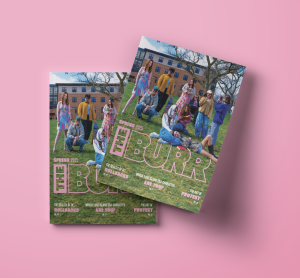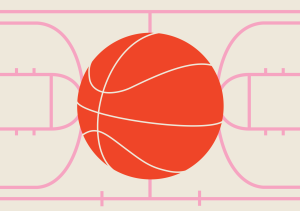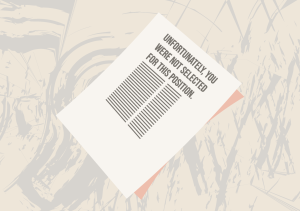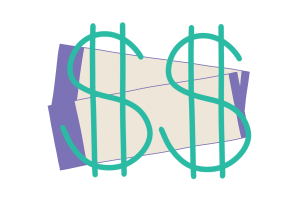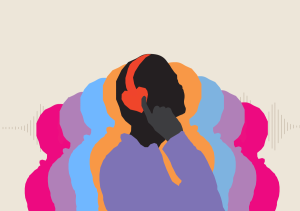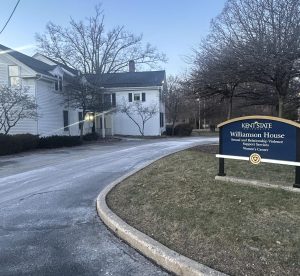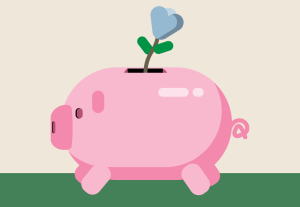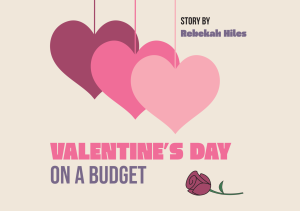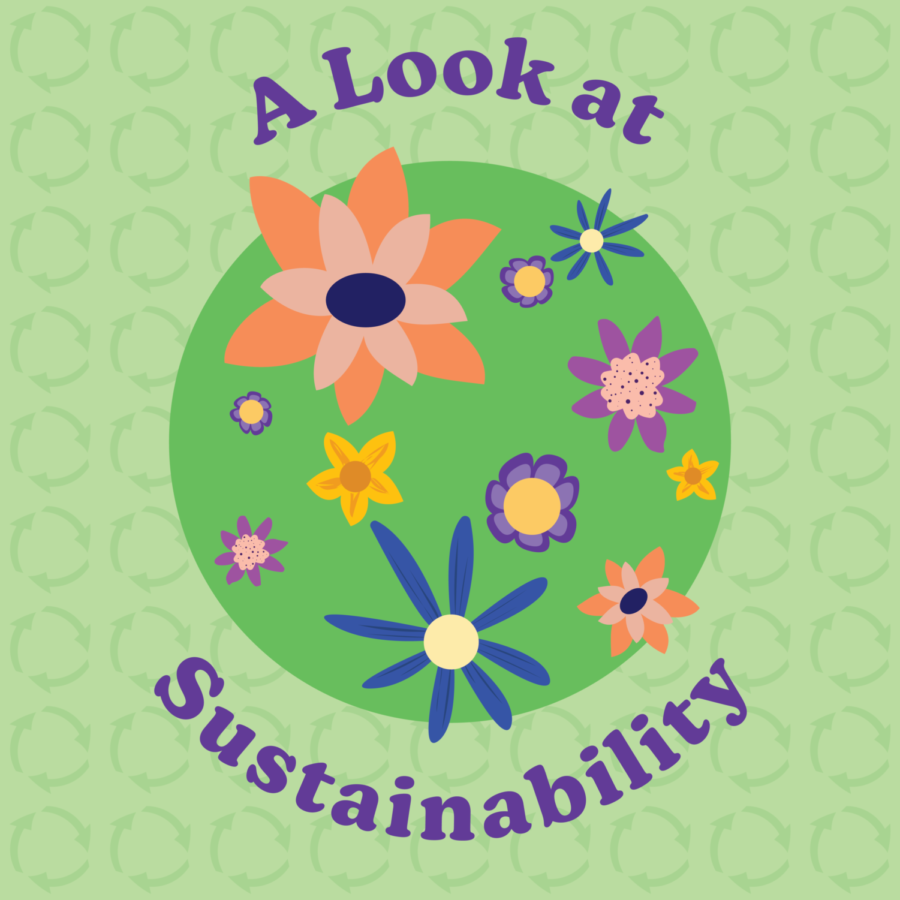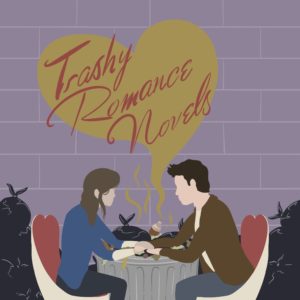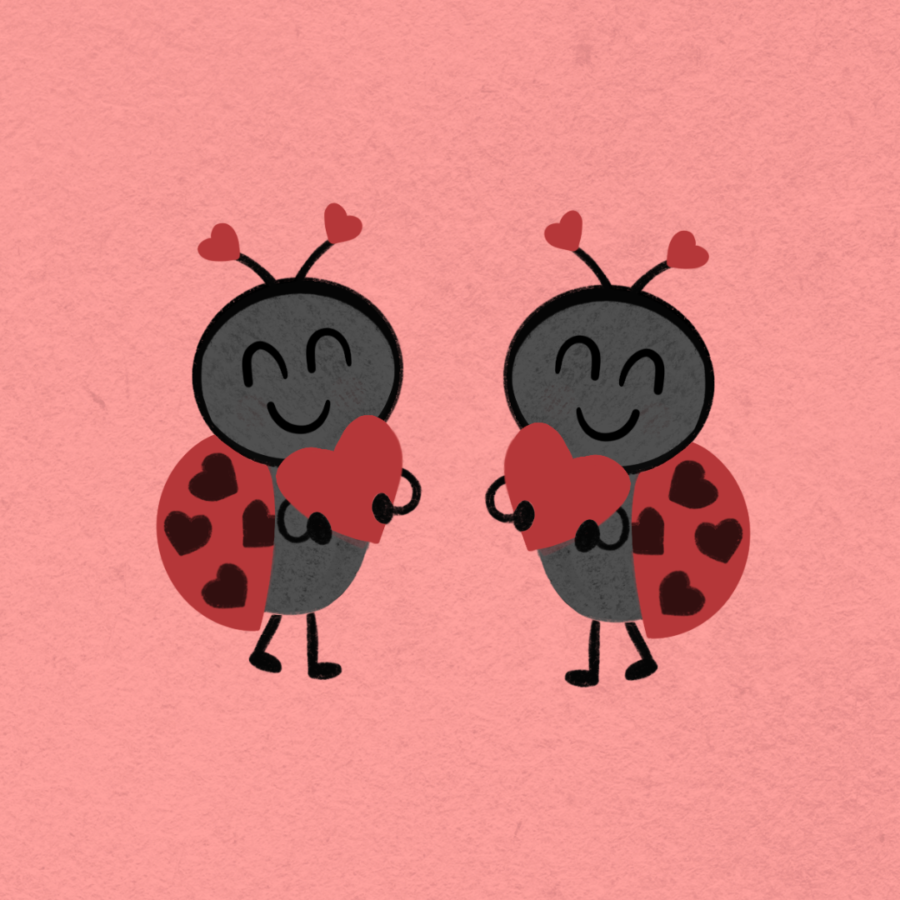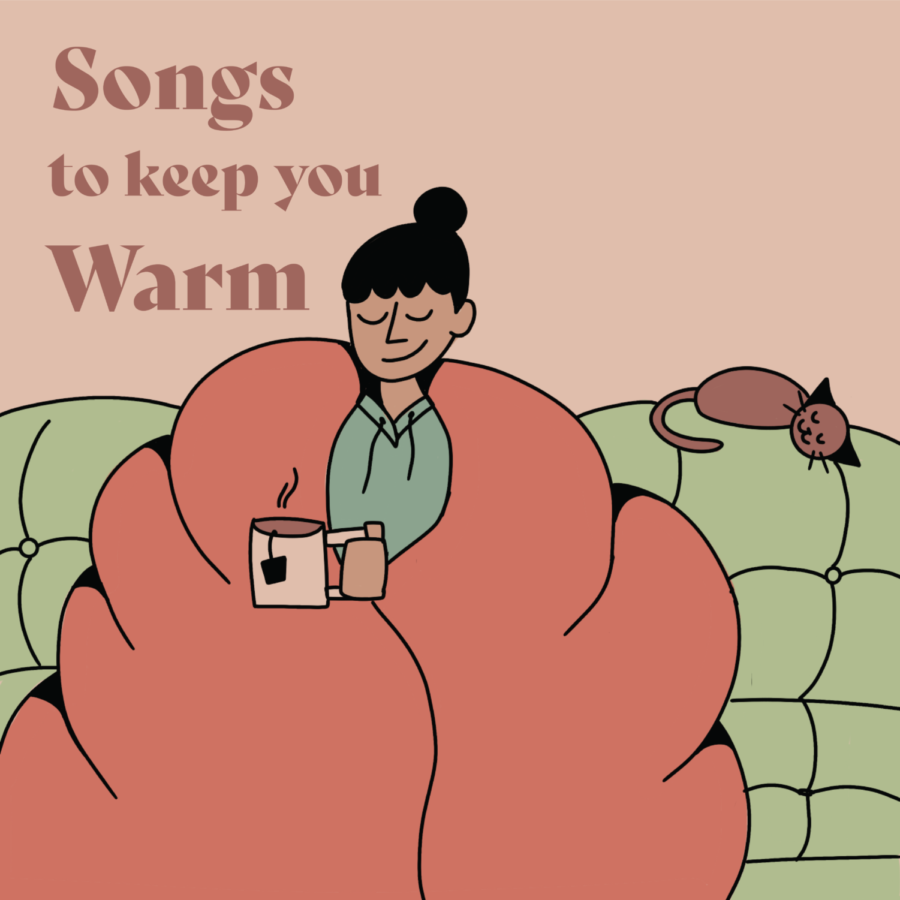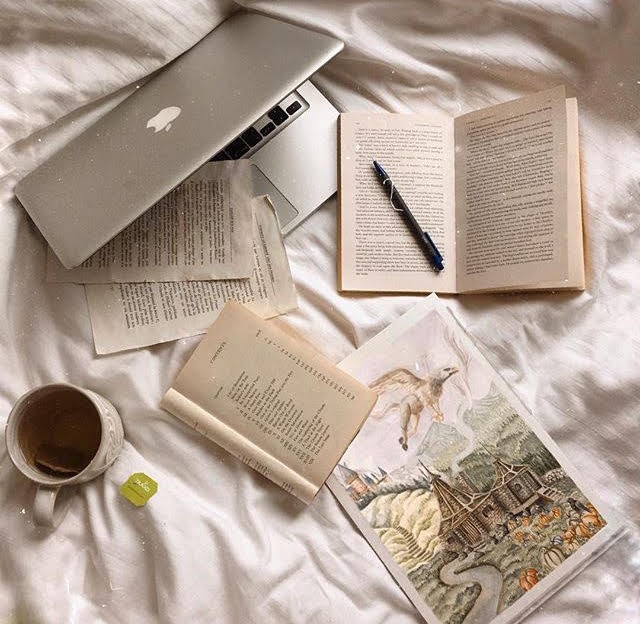A Look at Where to Start
February 17, 2023
When I first started learning about sustainable living, I felt extremely helpless. I had seen the trendy YouTubers living with zero waste, proudly holding their entire year’s worth of trash in a Mason Jar. How could I, a student with limited space, time, and money, get to that point? And where would I even start?
In this blog, A Look at Sustainability, I am hoping to share what I learned (and am still learning) on my journey toward a more sustainable lifestyle.
At first, I was completely overwhelmed with information. There was simply too much to think about: where a product is made, how long it is transported, who makes the product, what are the workers’ conditions, what is the product made of, what is the product wrapped in and so on. I fell, headlong, into an online rabbit hole.
I felt just as confused as Alice as I stumbled across buzzwords galore: recyclable, biodegradable, compostable, going green, zero emissions, reduced plastic, greenwashing. The list seemed to never end.
That is when I stumbled across the idea of a trash audit. It was a simple, yet incredibly useful, exercise that would give me a greater awareness of my trash production. I hoped my results would help me understand how to reduce my overall impact.
For a week, I listed, categorized (by material) and meticulously counted each and every piece of trash I threw into the bin. By the end of the week, I was appalled. I threw away 76 items (and this does not include any toilet paper I used during the week). About 42% of these items had some plastic component. Lovely.
I scanned my audit notes over and over. Was there something I consumed but didn’t need? Where could I reduce my waste?
My mindset shifted once I saw that most of my waste was food-related; about 80% of my waste was directly related to food consumption, consisting of directly uneaten food scraps, packaging, or throwaway napkins. I realized that living sustainably goes much deeper than consuming less. I also realized that zero-waste, especially as an on-campus student, is extremely difficult and very impractical.
I have found that sustainability isn’t about having no impact but reducing your personal impact. Usually, this means living by the five R’s, the golden pillars of living sustainably. Refuse, Reduce, Reuse, Recycle, and Rot.
It is ideal to refuse as many unnecessary goods as possible (single-use plastics such as grocery bags, water bottles, and cutlery are a great starting point).
Next, reduce the amount you consume. Anything you buy has an environmental footprint, however, most of which isn’t easily seen.
Third, reuse, reuse, reuse. If you can’t personally reuse an item, find someone that can (think of donations, selling, re-gifting, and upcycling).
Fourth on the list is recycling. Although recycling has many major flaws, it is certainly better than sending an item to a landfill.
Lastly, we have rotting. Instead of trashing organic materials, compost them. This is important because most of the United States’ landfills are sealed. Although this keeps nearby populations from an unsightly and smelly heap of garbage, it also prevents sunlight and oxygen, necessary for natural decomposition, from reaching the trash.
In my experience, waste reduction is a simple and easy start to becoming aware and involved in sustainable living. I encourage you to perform your own trash audit and incorporate the five R’s of sustainability into your life as well. In my following posts, I will take a deeper look into each of these pillars.
Thank you for joining me today. I am looking forward to learning more about sustainable living with you this semester.

